44 South Military Village and Sun Yat-sen Memorial Hall in Taipei, Taiwan
Four South Military Village is a former military dependents village that has been converted into a cultural park. The Sun Yat-sen Memorial Hall not only pays tribute to Dr. Sun Yat-sen but also serves as a cultural and educational center. 750
44 South Military Village: No. 52號, Songqin St, Xinyi District, Taipei City, 110
Sun Yat-sen Memorial Hall: No. 505號, Section 4, Ren’ai Rd, Xinyi District, Taipei City, 110
Date Picture Taken: September, 2023
During World War II, Kuomintang (KMT) soldiers were forced to flee from China and relocated to Taiwan after losing to the communists. The soldiers and their families built what they thought would be temporary homes, since they would reconquer China.
This did not happen, so military dependents’ villages sprung up all over the island nation. As its name suggests, 44 South Village is where the 44th Arsenal of Tsingtao’s Combined Logistics Command and their families settled when they arrived in Taiwan during the 1940s-1950s.
Walk around this building to the rear side …

to see this area.







One of the buildings is used as a museum.


It shows house furniture during that time in this village.
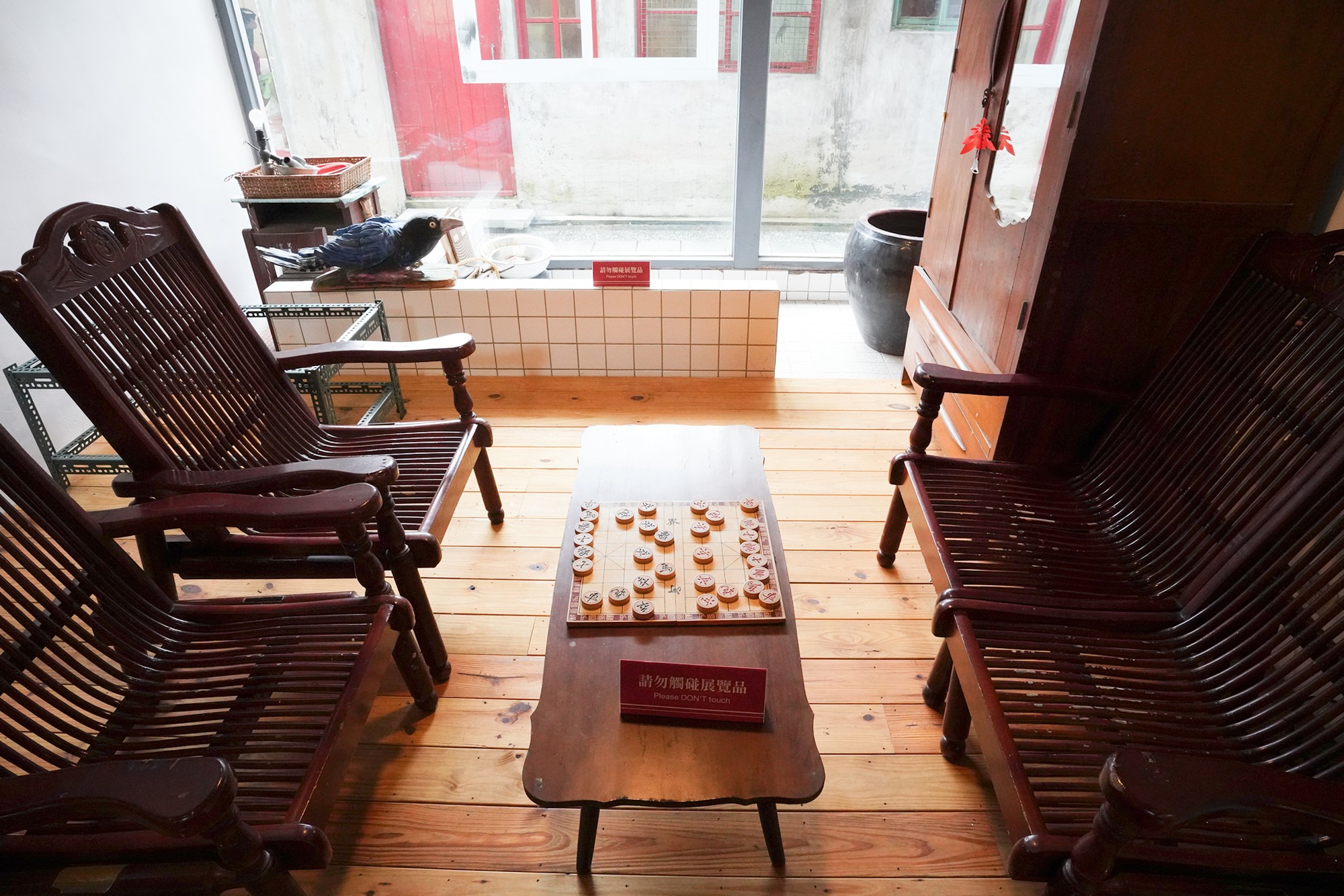





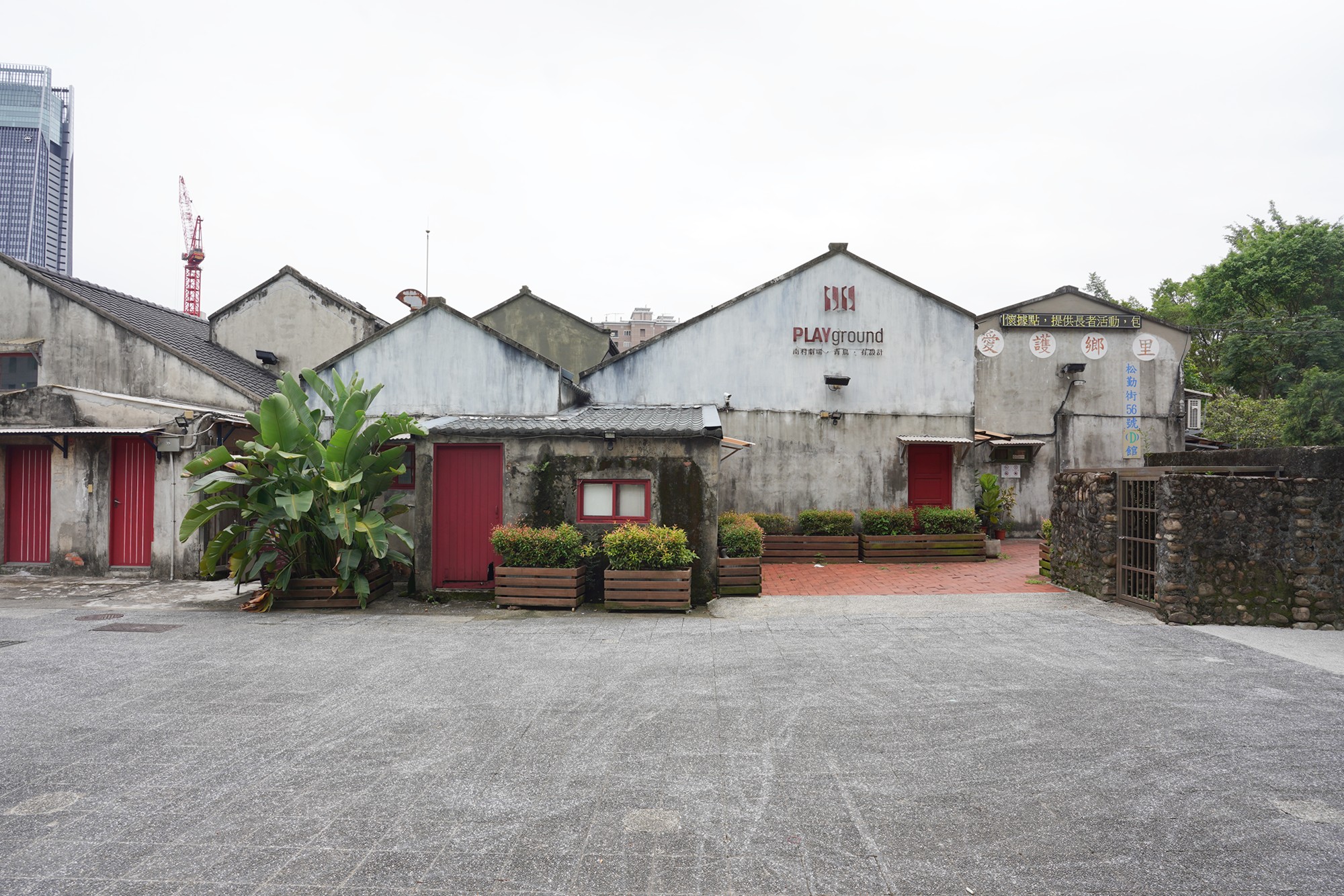

Another building is used as a store.



One last view


A short subway ride to Sun Yat-sen Memorial Hall

The memorial hall contains various exhibition halls that provide insights into Dr. Sun Yat-sen’s life, work, and his role in the transformation of China.
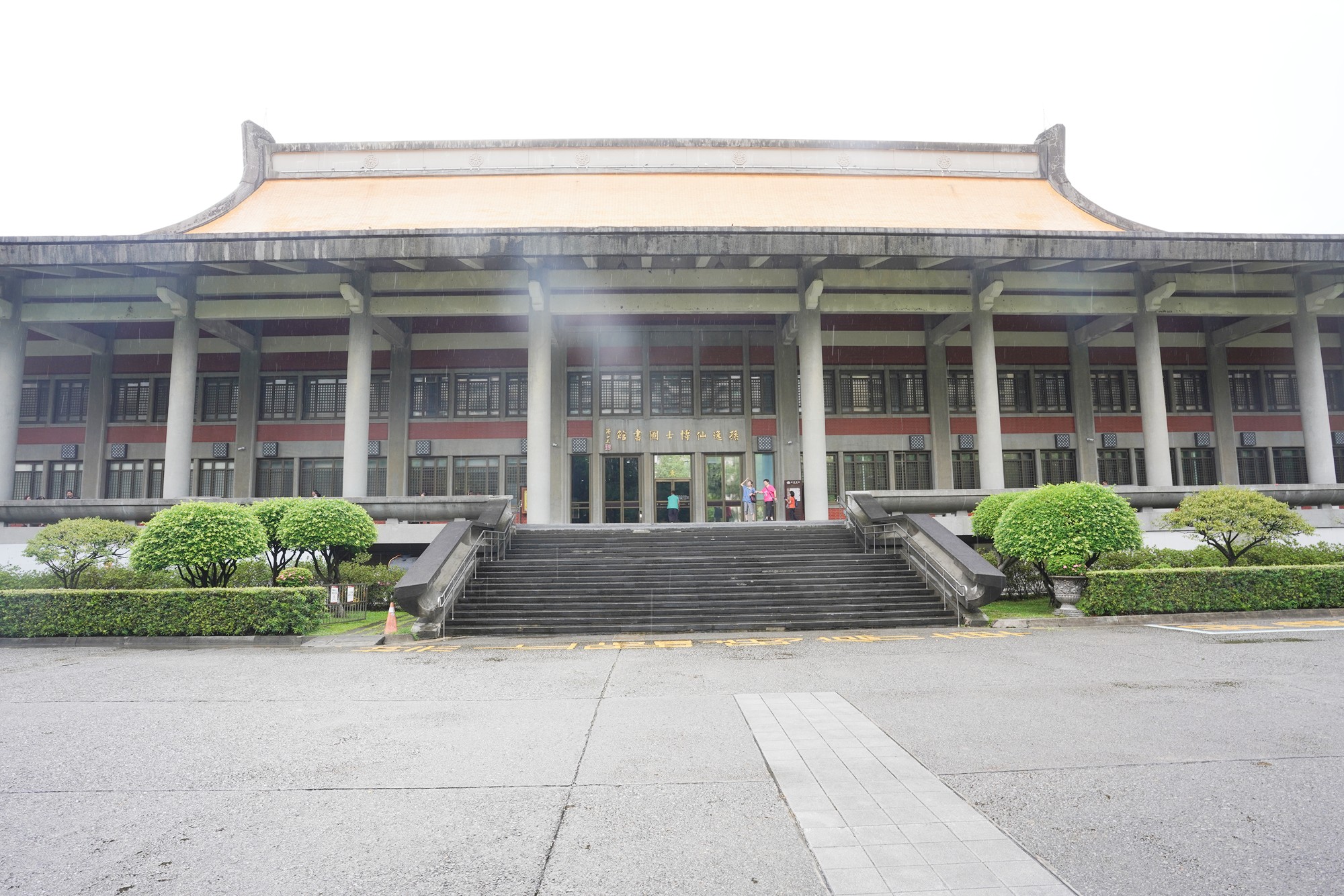
Sun Yat-sen, also known as Sun Zhongshan in Mandarin (孫中山), was a Chinese revolutionary, political leader, and founding father of the Republic of China. He played a pivotal role in the overthrow of the Qing Dynasty and the establishment of the Republic of China in 1912, ending over two thousand years of imperial rule in China.



Despite facing numerous challenges and setbacks, Sun Yat-sen’s vision for a modern, democratic China had a profound and lasting impact. His ideas and principles influenced subsequent Chinese leaders, including the Nationalist leader Chiang Kai-shek and the Communist leader Mao Zedong.

Sun Yat-sen was born on November 12, 1866, in Cuiheng Village, Guangdong Province, China. He came from a humble background and later studied medicine in Hawaii.
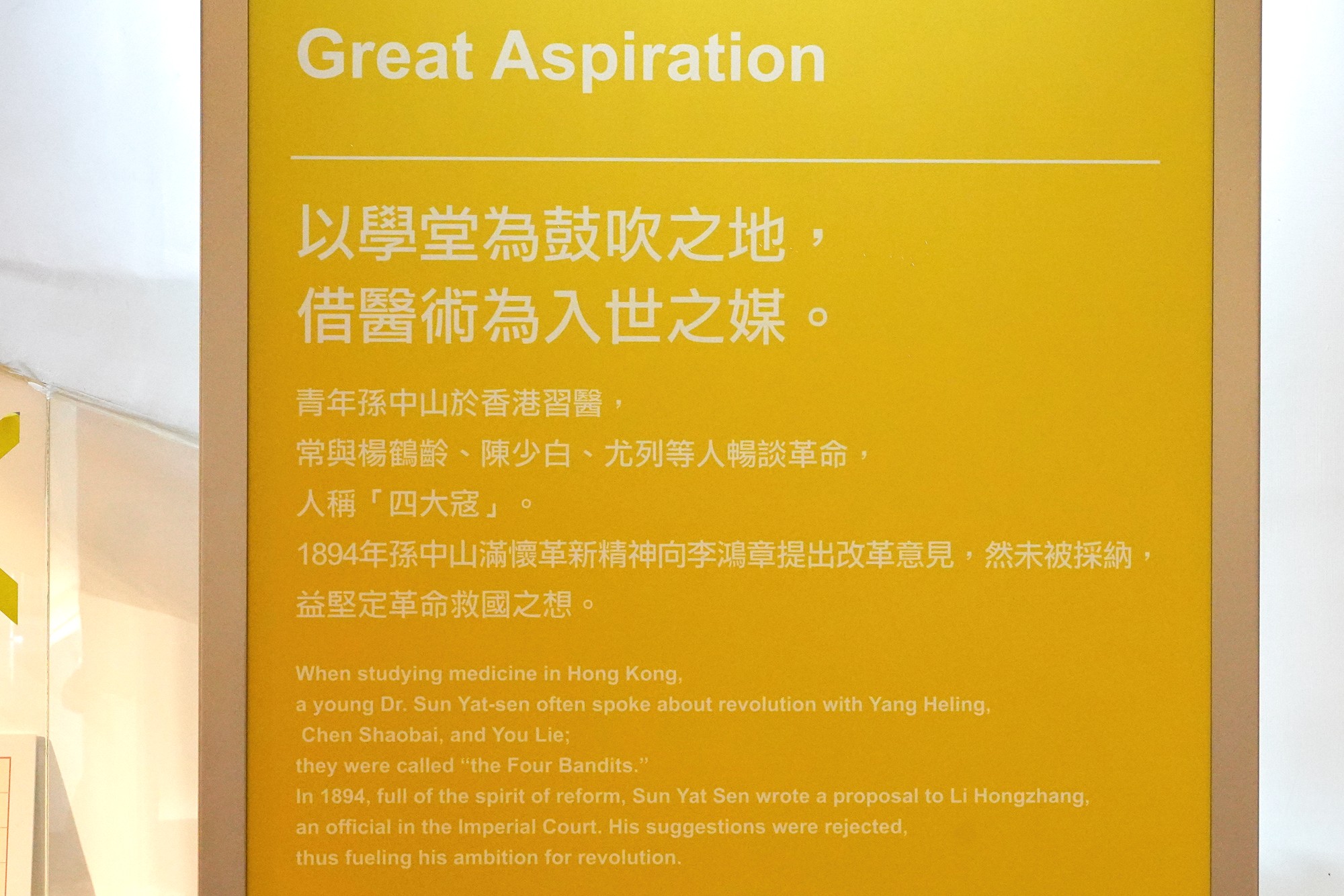

Sun Yat-sen led various uprisings and revolutionary movements against the Qing Dynasty, seeking to modernize and reform China. His efforts culminated in the Wuchang Uprising of 1911, which led to the overthrow of the Qing Dynasty.


Following the establishment of the Republic of China in 1912, Sun Yat-sen briefly served as the provisional president. However, his leadership faced challenges, and China entered a period of political turmoil.
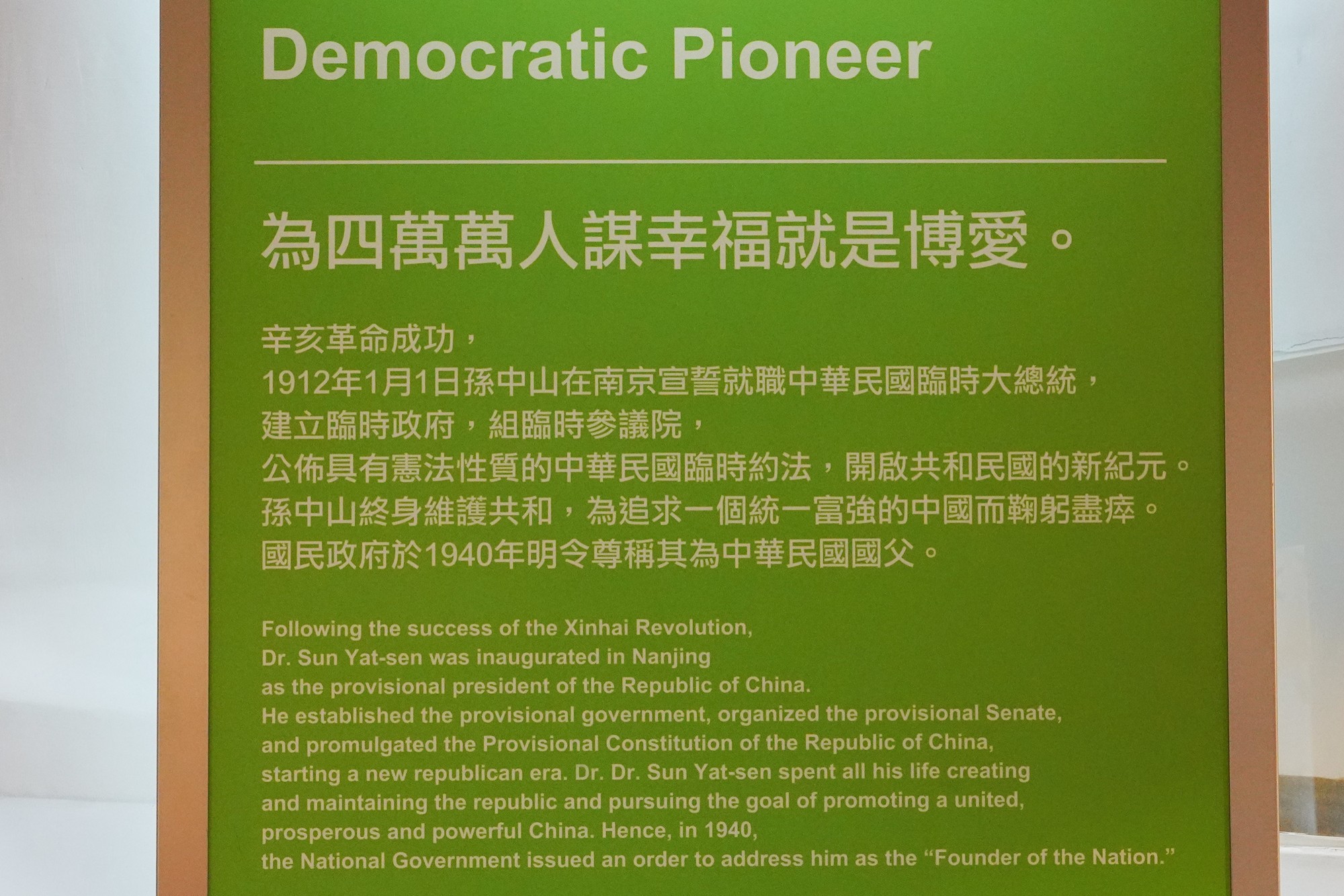

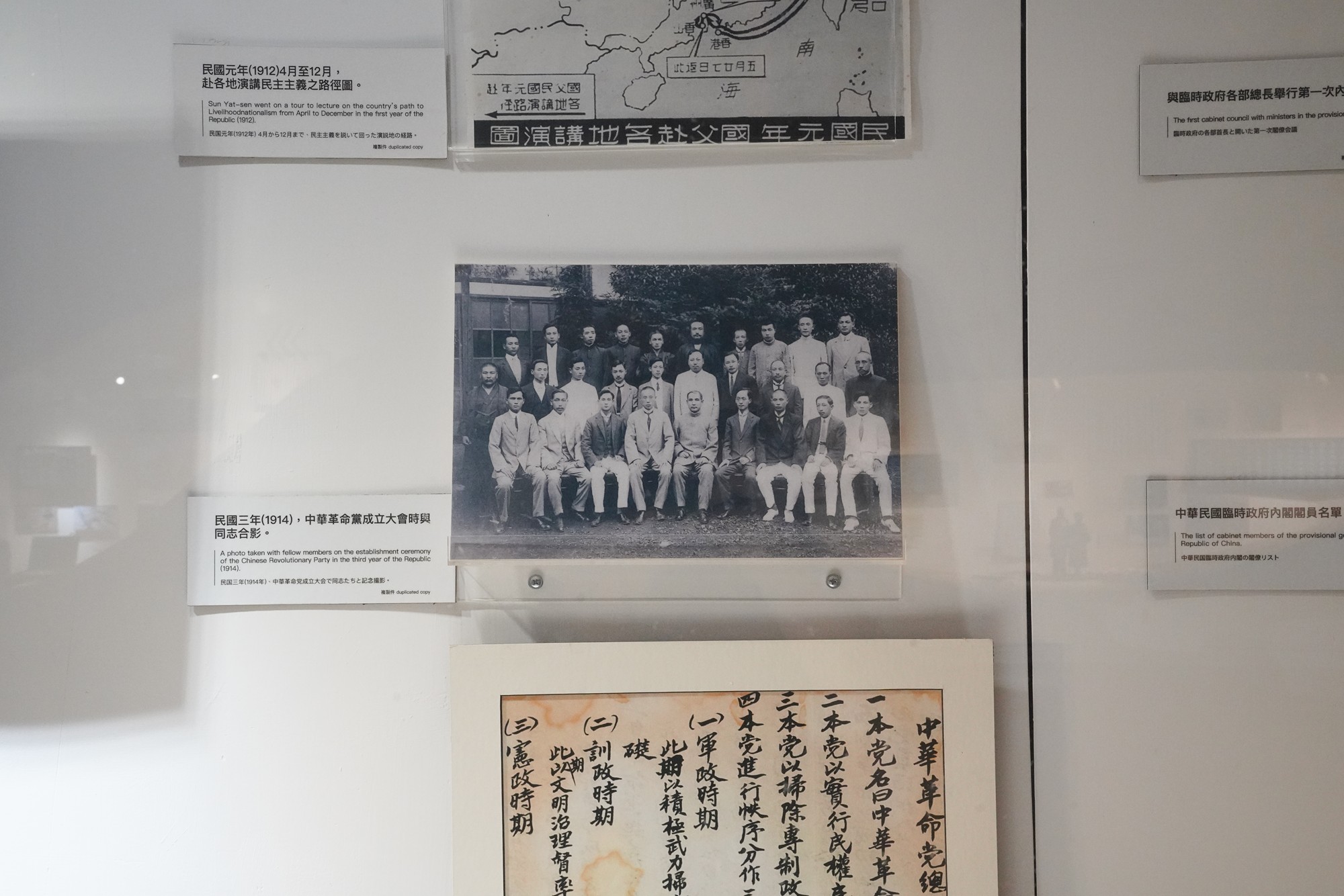
Sun Yat-sen developed the Three Principles of the People (Sanmin Doctrine), which became the ideological foundation for the Republic of China. These principles are often summarized as nationalism, democracy, and the livelihood of the people, emphasizing the need for a government that serves the interests of the people.
But his idea is fulfilled in Taiwan and not in mainland China.










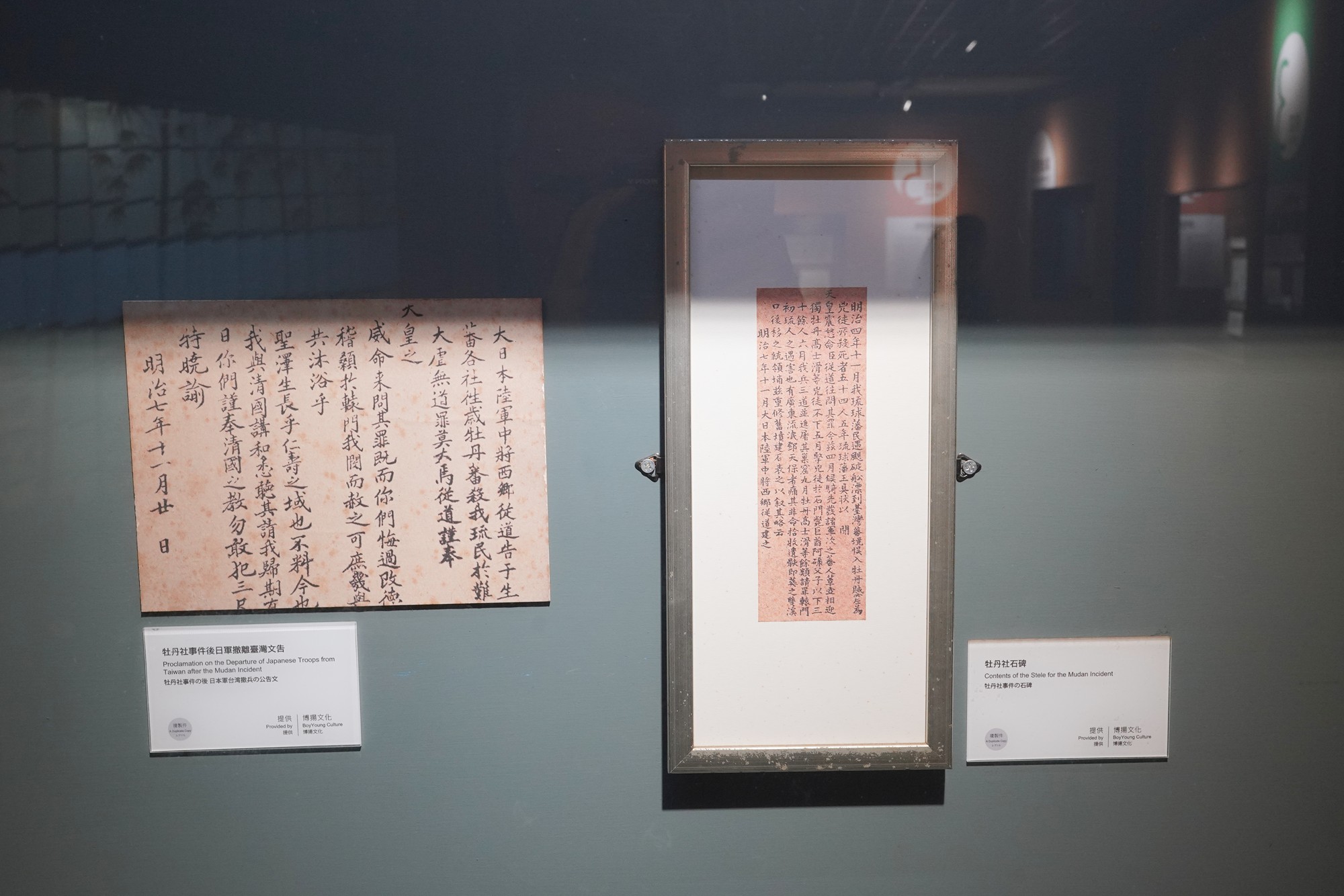
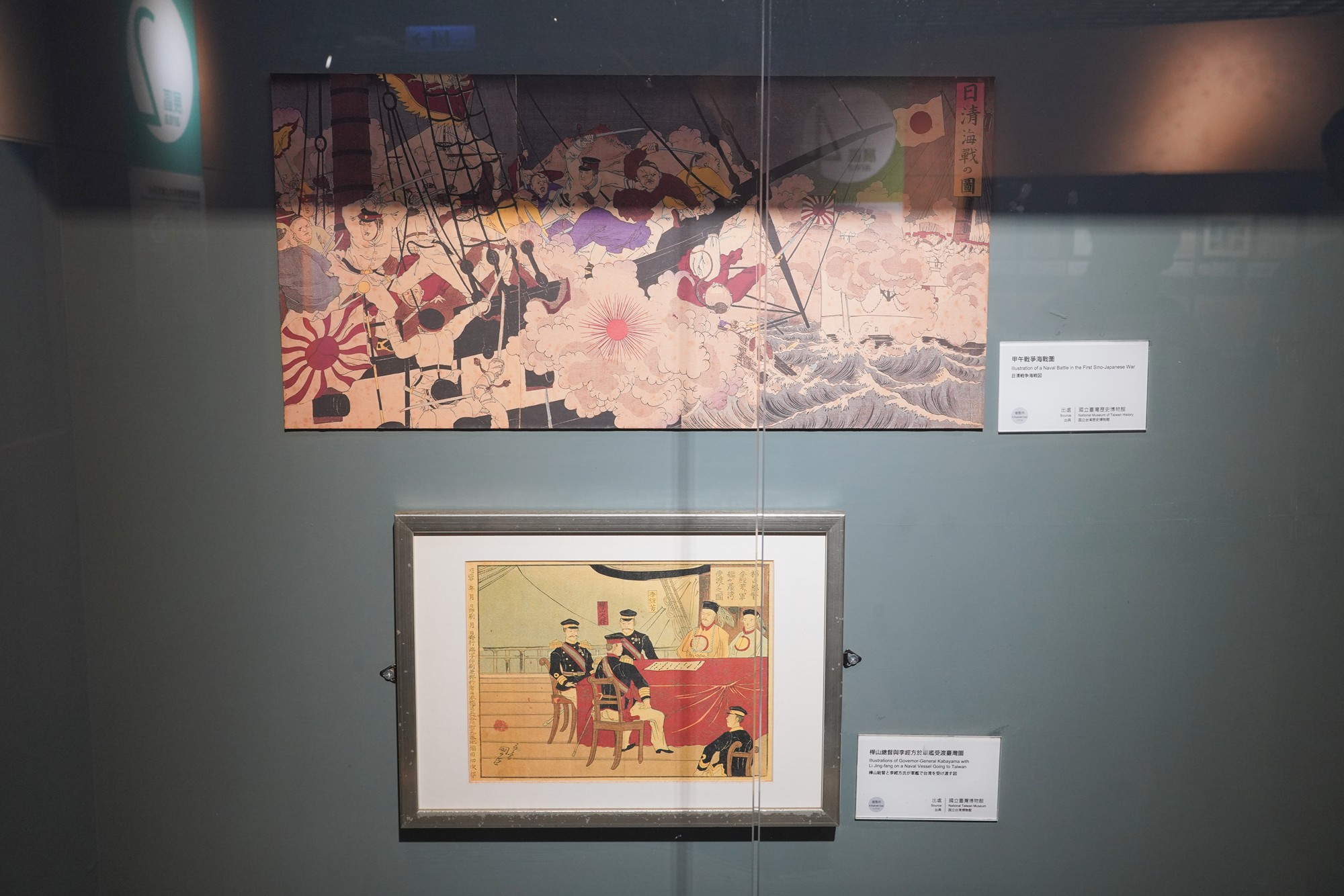
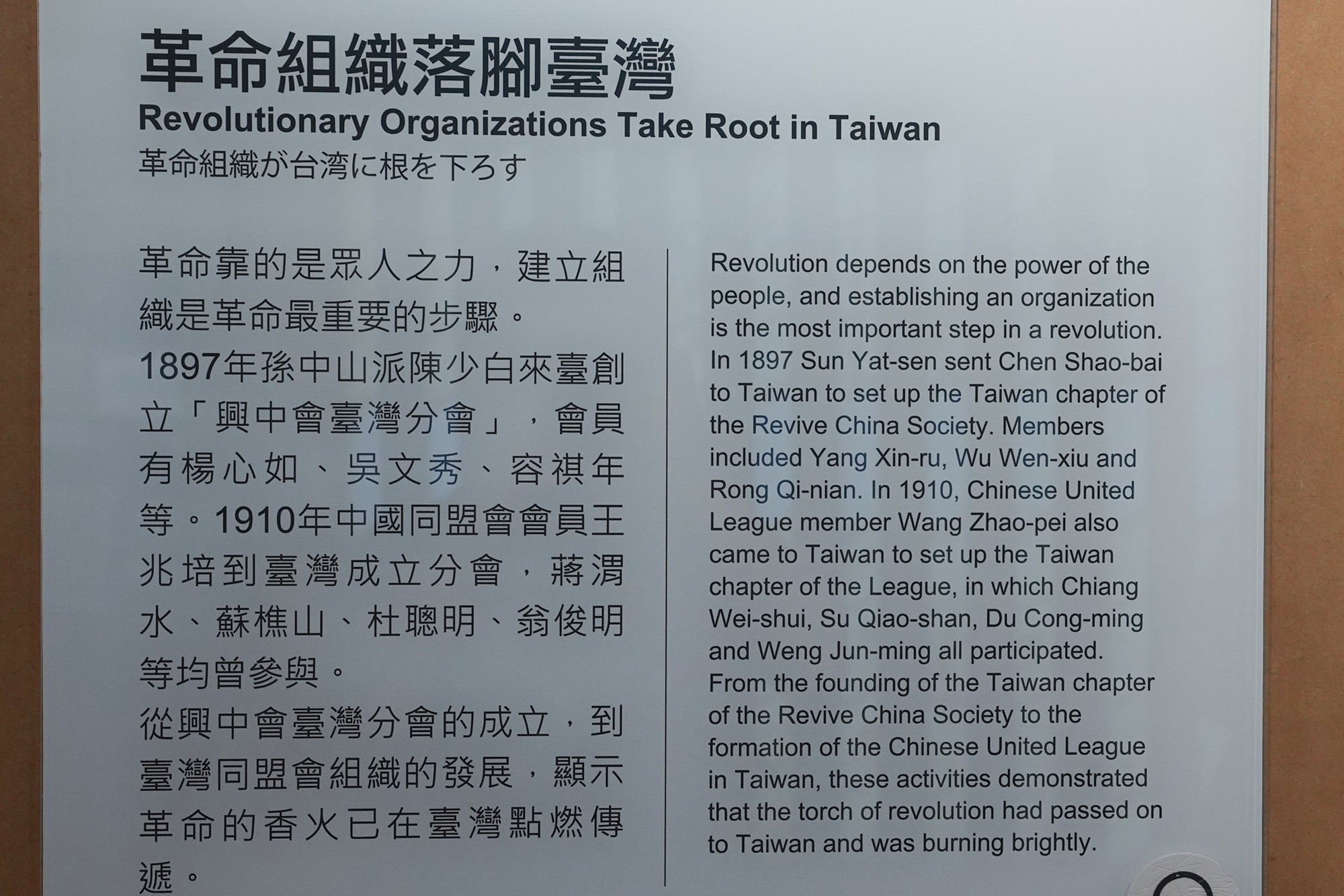








Another person who is important in Taiwan’s history is Chiang Wei-shui.

Chiang Wei-shui’s life and work reflect the broader social and political context of Taiwan during the early 20th century, marked by colonial rule, efforts to preserve Taiwanese culture, and the struggle for social justice and improved living conditions.



Commemorate Sun Yat-sen

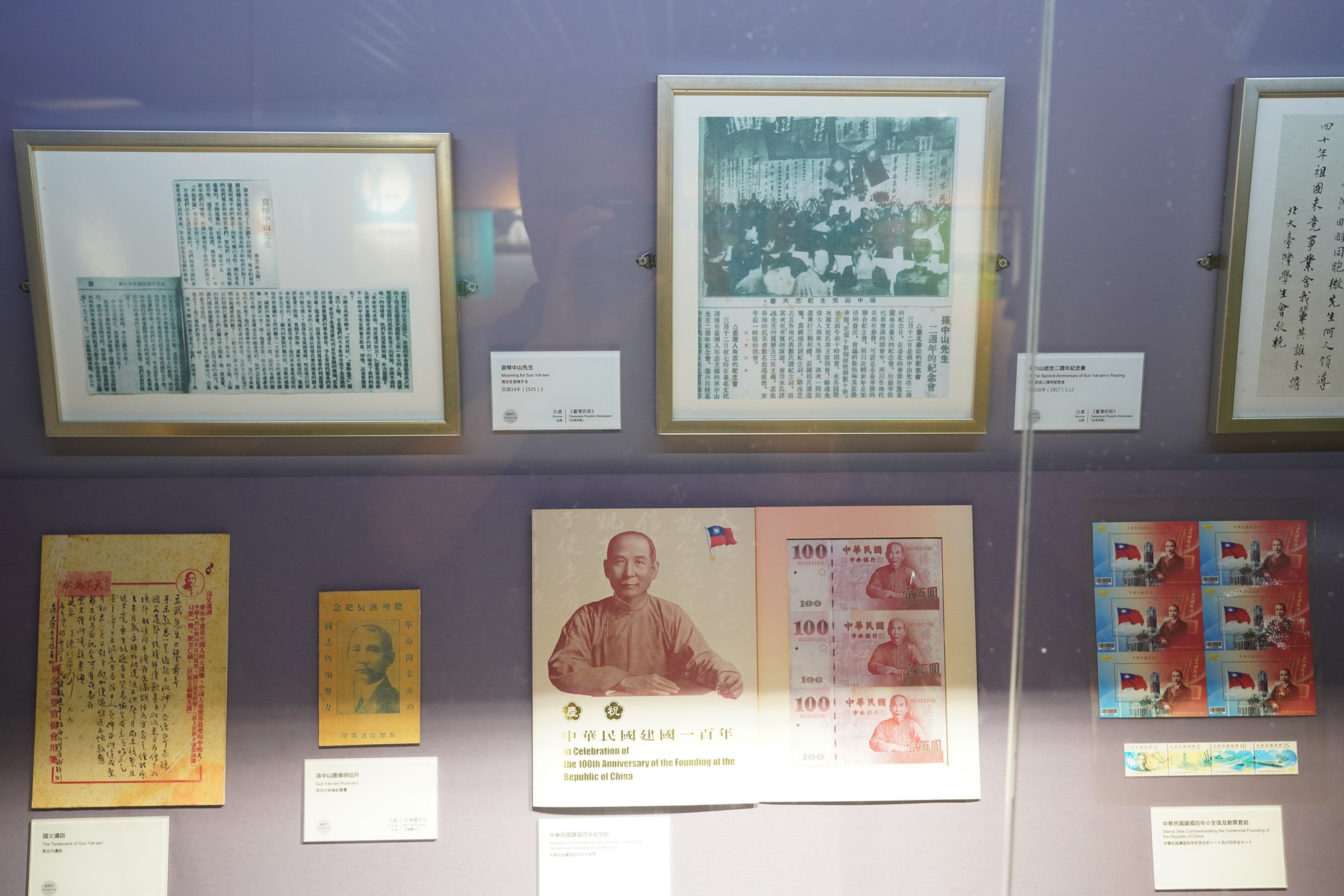
The Composition of Taiwanese

Hoklo People: The Hoklo people, also known as Hokkien or Minnan people, are an ethnic group originating from southeastern China, primarily from the Fujian province.
Hakka People: The Hakka people are found primarily in southern China, particularly in the provinces of Guangdong, Fujian, Jiangxi, and Guangxi.


The building’s dedication space for Sun Yat-sen is not large compared with the whole building. Many areas in the building are used for cultural performances, concerts, and events that showcase traditional Chinese and Taiwanese arts and culture.

